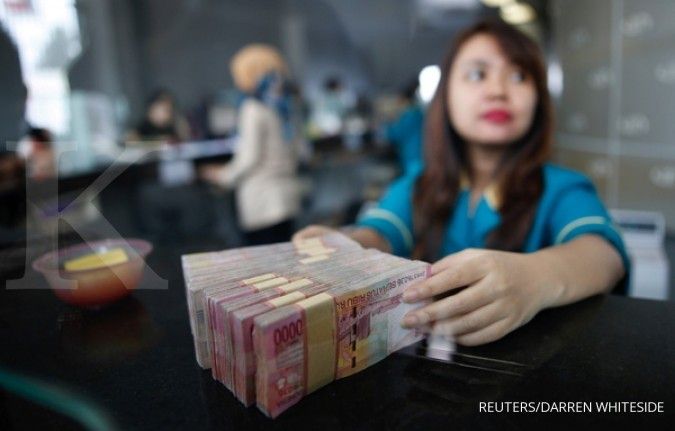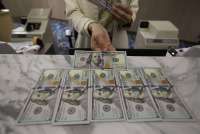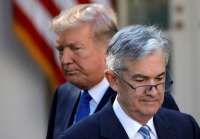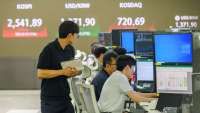JAKARTA. Financial Services Authority (FSA) asked banks to be more efficient in the next year. The bank efficiency in the operational side will allow the bank to boost profits amid the insistence to reduce lending rate.
Chief Executive of Banking Supervision of FSA Nelson Tampubolon said, banks will have better opportunities to perform eficiency in the next year, because, “The operational costs may decline due to the reserves in 2017," said Nelson, Wednesday (21/12).
As information, in 2016 the banks perform less efficiency compared with 2106. Even, the efficiency rate or operating expenses compared to operating income (BOPO) ratio of the banks has been less efficient since 2012.
As of October 2016, the BOPO ratio of banking industry was at 81.02%, or almost equivalent with 81.82% at the end of 2015. In fact, the ideal BOPO ratio is in the range of 70% -75%.
Group business activities of commercial banks (BUKU) III or middle-class banks rank as the least efficient banks during that period, followed by BUKU I, with the BOPO ratio of 87.41% and 86.96%, respectively.
PT Bank Permata Tbk is targeting to improve the efficiency in the next year. The BOPO ratio of the bank has increased from 91.76% to 112.28% as of September 2016. This high BOPO ratio was driven by the high amount of reserves. Wholesale Director of Bank Permata Anita Siswadi said, aside of reducing the number of non-performing loans (NPLs), the bank will boost the cheap funds. “The saving and current ratios (CASA) will be increased from 45%,” said Anita.
PT Bank Bukopin Tbk is also optimistic that BOPO ratio will improve in 2017 due to the lower amount of reserves. Bank Bukopin will also control the cost of fund. As of September 2016, the BOPO ratio of Bukopin was 86%. “We are targeting BOPO ratio of 80%,” said President Director of Bank Bukopin Glen Glenardi.
PT Bank Rakyat Indonesia Tbk (BRI) also prefers to focus on improving credit quality to control the costs of reserves. “BOPO (ratio) was mainly driven by the NPL (ratio),” said Financial Director of BRI Haru Koesmahargyo. BRI recorded 72.41% BOPO ratio.
(Muhammad Farid/Translator)
/2016/11/07/5345136p.jpg)










